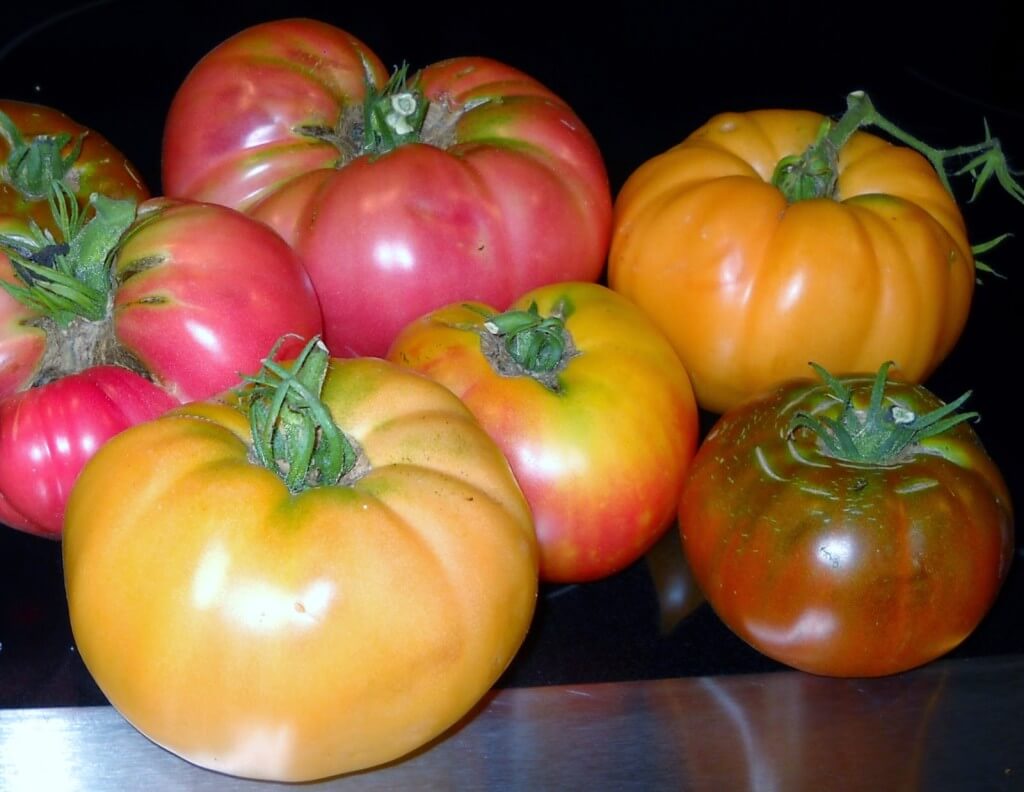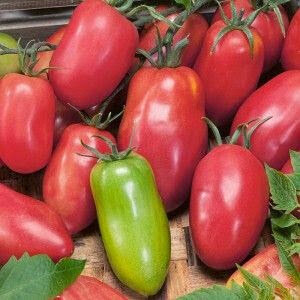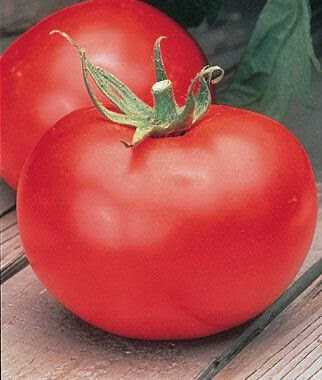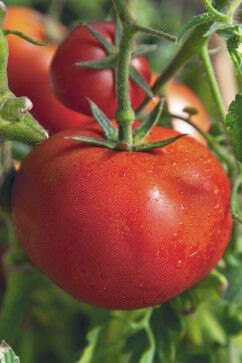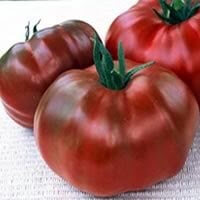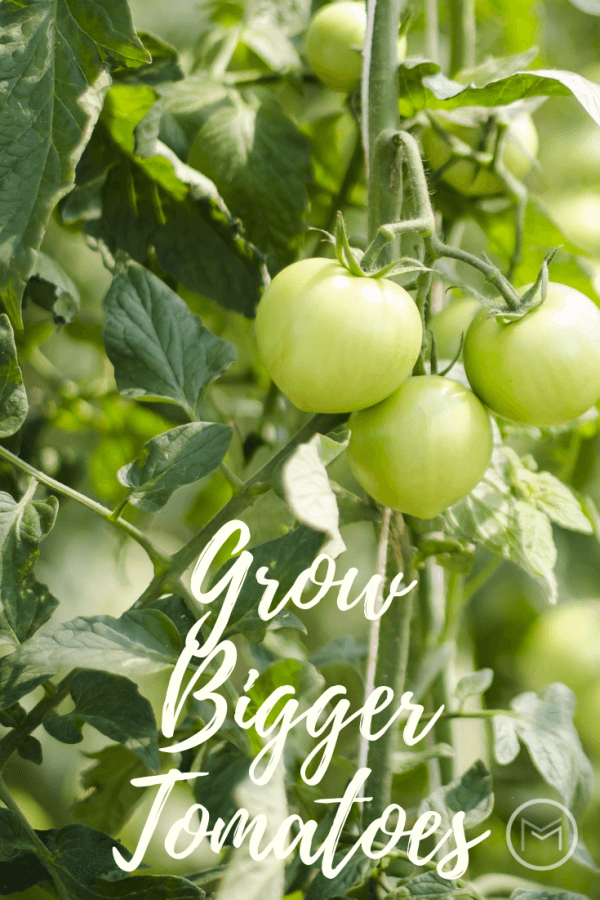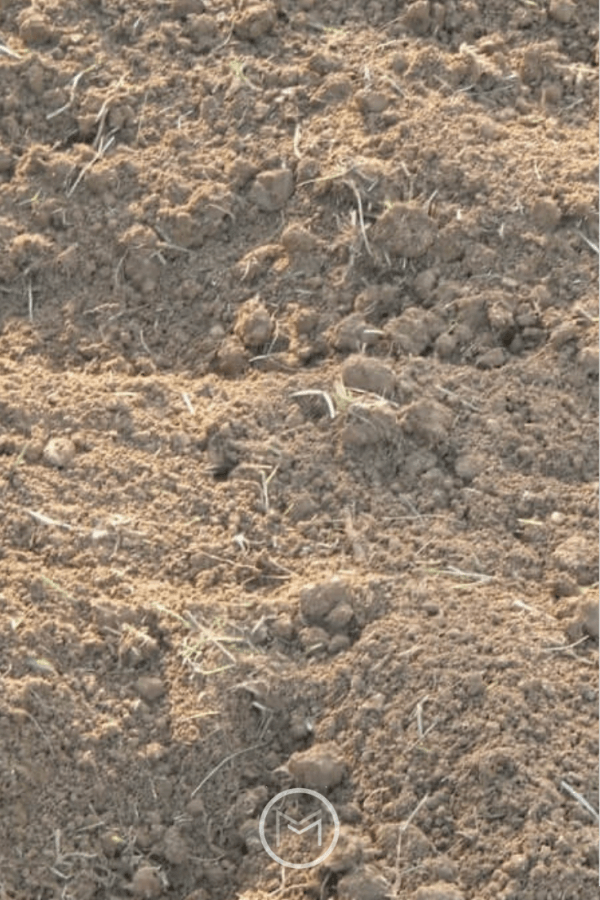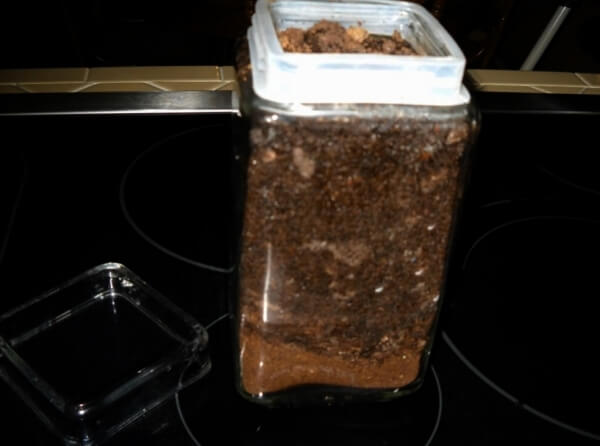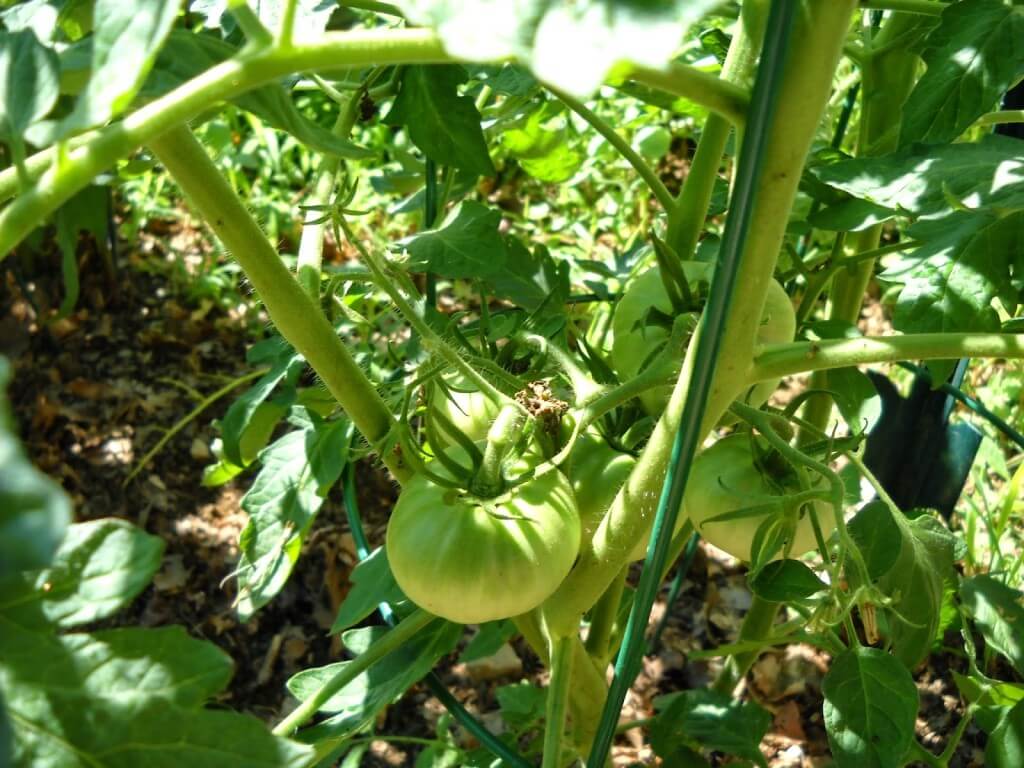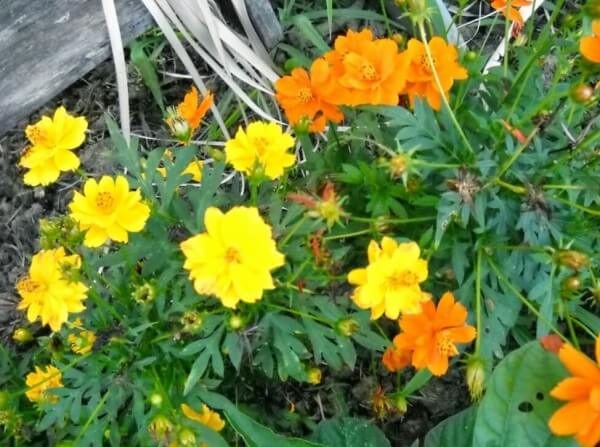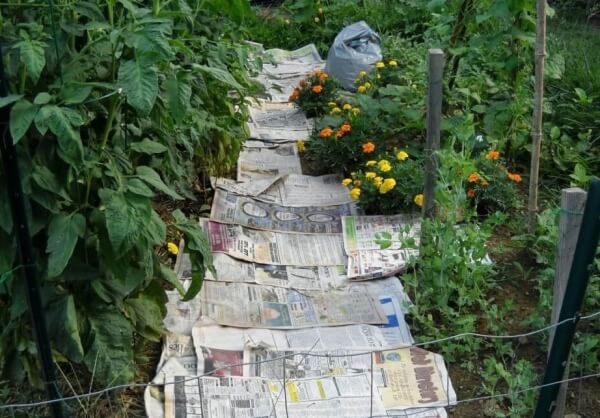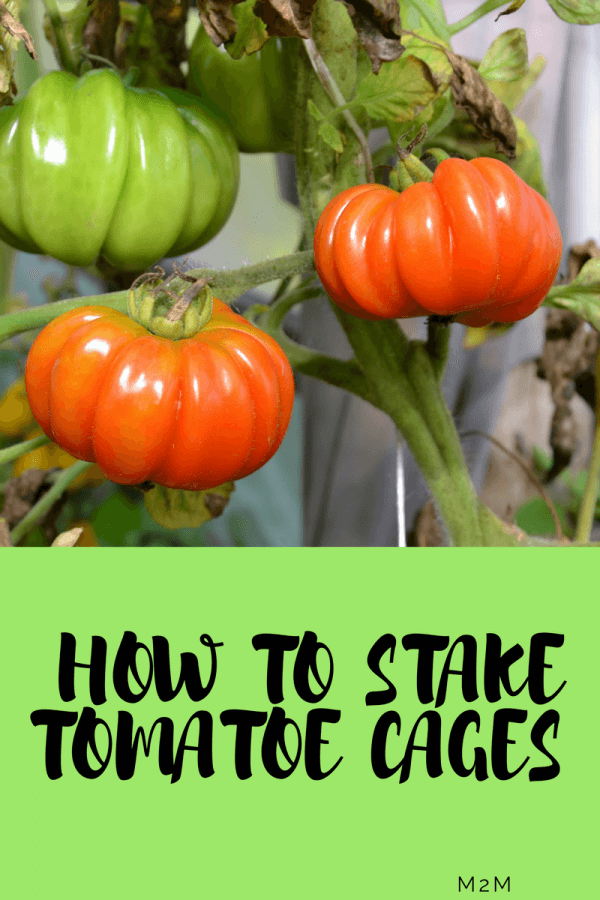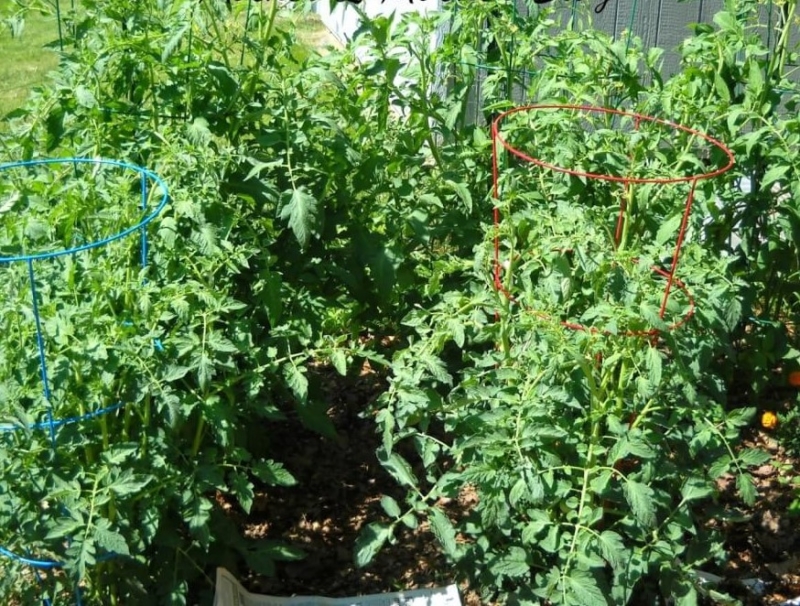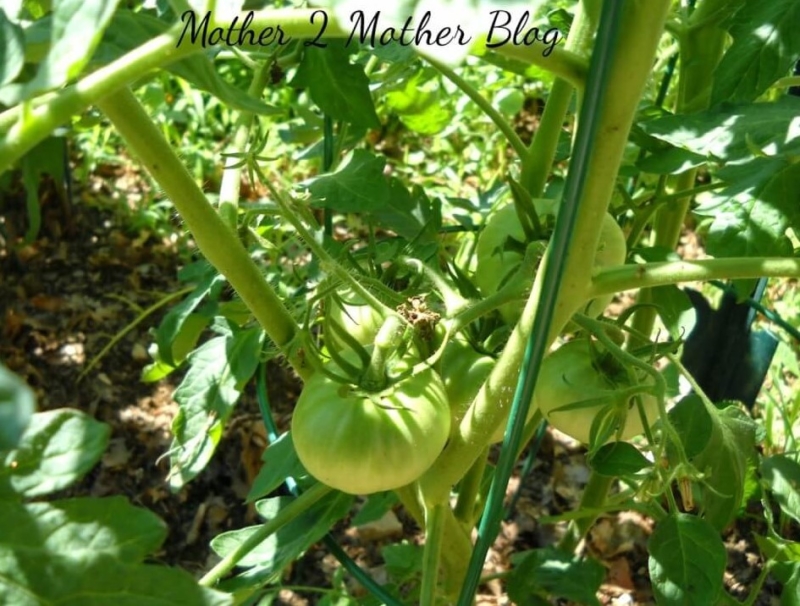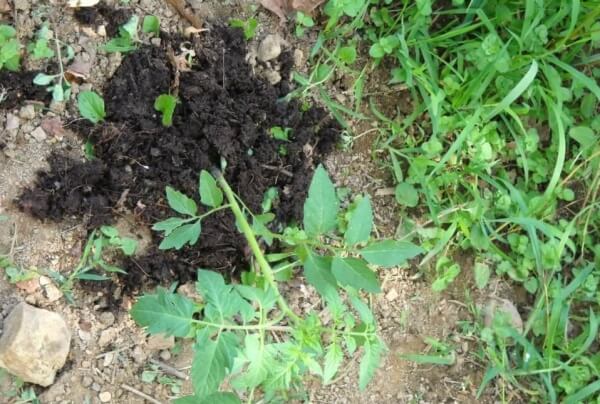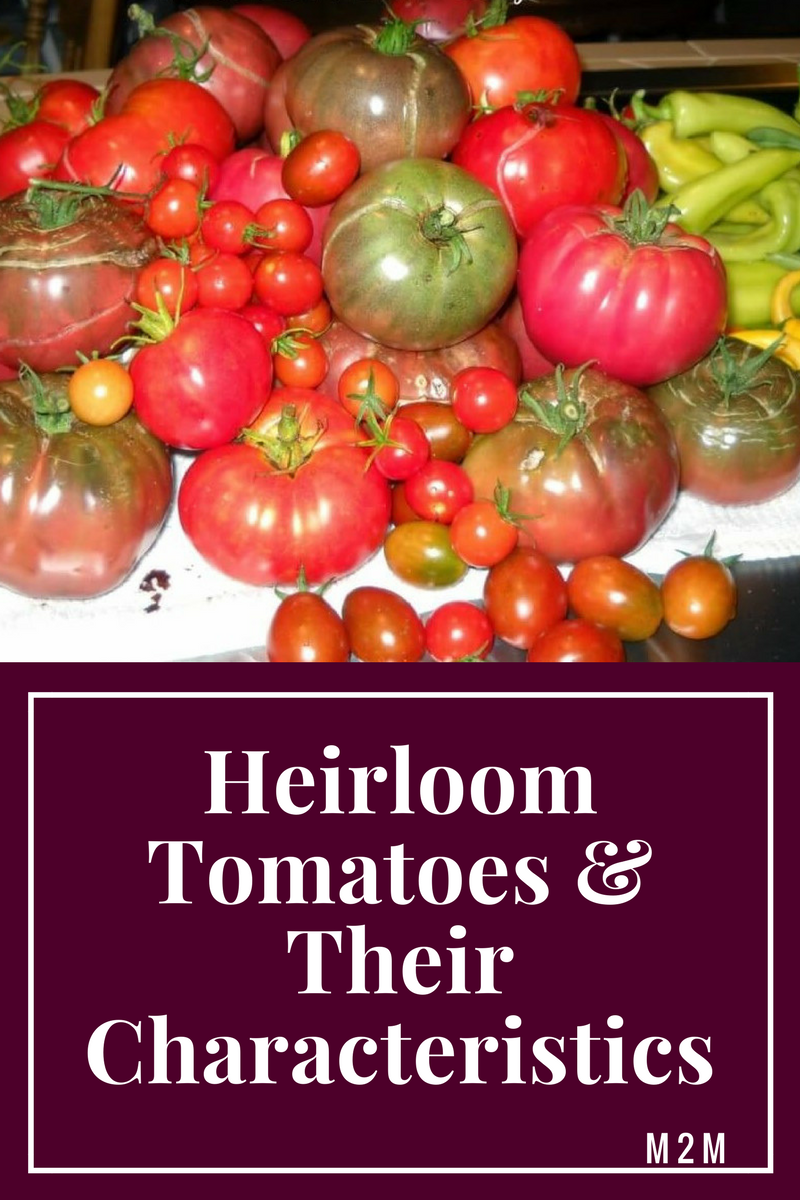
Why? Because they have a totally different taste from store brought tomatoes and hybrid tomatoes. It’s hard to describe the flavor of a tomato, it must be experienced. I’m a visual person, so I thought you would like to see the end result of what is being planted in my garden. Additionally, learn a few characteristics of my favorite tomatoes. Also, I hope this information will help you make a decision on what tomatoes you want to purchase before you buy from your local garden center.
Before you select your tomato plants, decide how you want to use your tomatoes. Do you want to use them for sandwiches slices, make sauce, paste or salsa. Or do you want to use them in salads? Will you canning them? I love slicing tomatoes in the summer and just eating them with a little mayo and pepper. Yum! I also make salsa, sauce, freeze them and can my harvest, so I need a variety in my garden.
Heirloom Tomatoes and Characteristics:
1. Brandywine Pink (Heirloom) – First, I like this tomato for its color and taste. How often do you see a pink tomato? The Brandywine Pink has a sweet taste, so I use it on sandwiches and as my go to when I want my sliced tomatoes with mayo. I also cut these in cubes for salads and tacos. I grow the Brandywine Red and Brandywine Yellow as well.
2. Hillybilly (Heirloom) – Next, the Hillbilly originated in my home state West Virginia. The color is a mix of yellow and red. It is delicious and has a sweet taste. It slices beautifully. I also add it to fresh salsa or salads.
3. Yellow Beefsteak (Hybrid) – So, I like the size of this tomato. It’s great for slicing. The tomato is large and it’s great for thick slices. Also, I add it to salads and salsa. I have a mixture of beefsteak seeds, so I don’t know if I’m going to get red, yellow, orange or green. It’s always nice to see what the end result is in the garden.
4. Brandywine Yellow (Heirloom) – This tomato has a better taste that the
Brandywine Pink, but it doesn’t produce as many tomatoes and it’s the last tomato plant in the garden to produce fruit. If you find that you like this tomato, you may want to double the amount of plants in your garden and stalk them well. They produce fruit up to 2 pounds each. Very pretty in salads or slices.
5. Cherokee Purple (Heirloom) – This tomato has beautiful deep burgundy color. The flavor is bold. This tomato is what home gardening is about, and no home kitchen garden is complete without at least one plant.
6. Amish Paste (Heirloom) – This is the tomato that I use for sauce. It’s a plum tomato that is meaty. I also use for salsa. Be warned, this plant grows hardy amounts of fruit that will topple your cage if not heavily stalked.
7. Better Boy (Hybrid) – One of the most popular if not the most popular tomato in the garden. This is the slicer of all slicers and great on burgers. Nice medium size tomato that you can’t go wrong planting.
8. Early Girl (Hybrid) – Another kitchen garden favorite. As result, I plant Early Girl because it produces early and it’s a great slicer. Early Girl is perfect on burgers as well as my go to for tomatoes and mayo.
